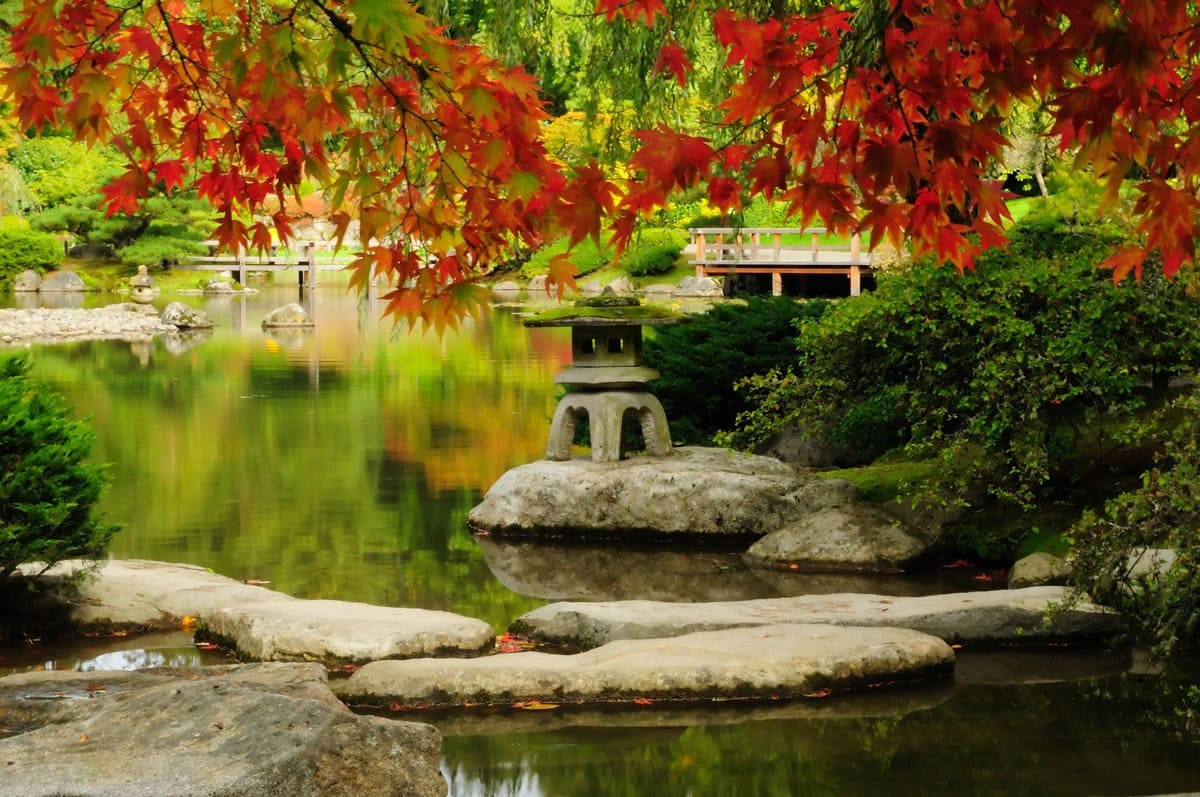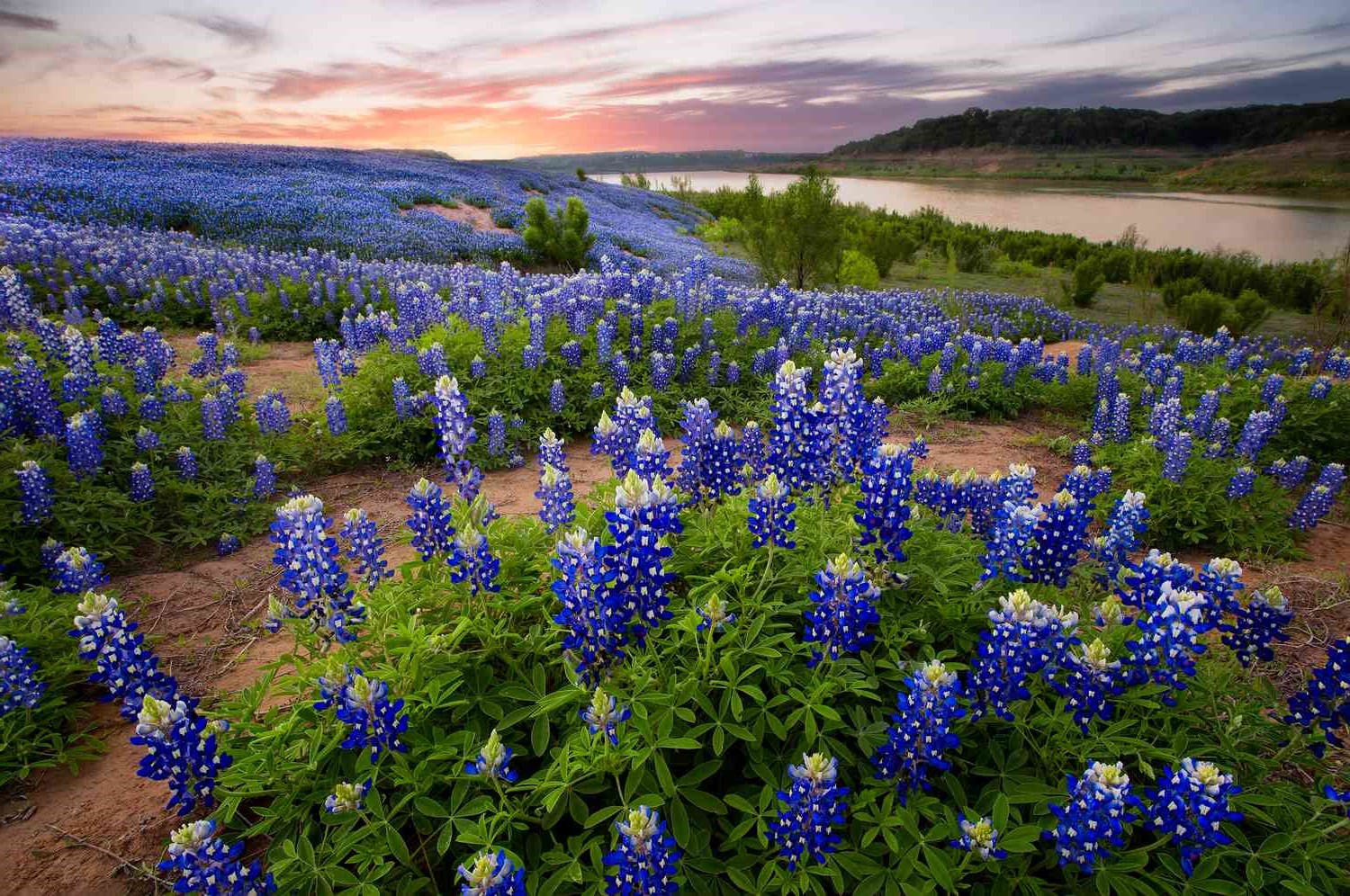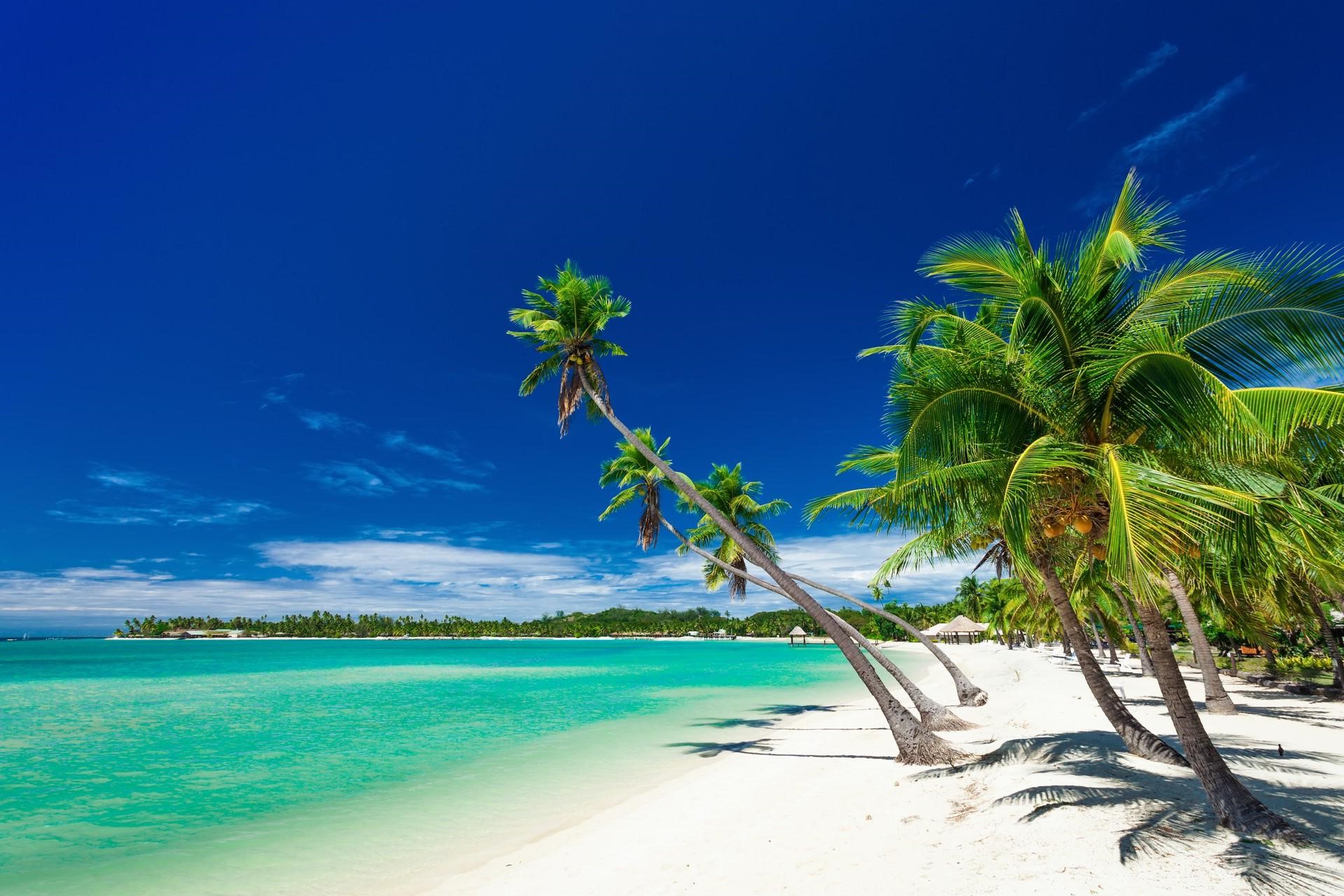Home>Weather and Climate>Seasonal Variations In Pond And Lake Temperatures


Weather and Climate
Seasonal Variations In Pond And Lake Temperatures
Modified: June 2, 2024
Explore the seasonal variations in pond and lake temperatures and their correlation with weather and climate. Understand the impact of weather patterns on aquatic ecosystems.
(Many of the links in this article redirect to a specific reviewed product. Your purchase of these products through affiliate links helps to generate commission for Temperatures.com, at no extra cost. Learn more)
Table of Contents
- Introduction
- Factors Affecting Pond and Lake Temperatures
- Methods for Measuring Seasonal Temperature Variations
- Impacts of Seasonal Temperature Changes on Aquatic Ecosystems
- Human Activities and Seasonal Temperature Fluctuations in Water Bodies
- Management Strategies for Mitigating Seasonal Temperature Variations in Ponds and Lakes
Introduction
Ponds and lakes are dynamic ecosystems that undergo significant temperature variations throughout the year. The temperature of these water bodies is influenced by a multitude of factors, including seasonal changes, geographical location, depth, and surrounding land cover. Understanding the seasonal variations in pond and lake temperatures is crucial for comprehending the intricate dynamics of aquatic ecosystems and their inhabitants.
The temperature of a pond or lake plays a pivotal role in shaping the ecological processes within these environments. It directly impacts the distribution and behavior of aquatic organisms, the rate of biological and chemical reactions, and the overall productivity of the ecosystem. Moreover, temperature fluctuations in water bodies are closely linked to weather patterns, making them a key component of the broader climate system.
Seasonal variations in pond and lake temperatures are a result of the Earth's axial tilt and its orbit around the sun. As the angle of sunlight changes throughout the year, it influences the amount of solar radiation reaching the surface of water bodies. This, in turn, leads to fluctuations in water temperature, with distinct patterns emerging during different seasons.
The interplay between solar radiation, air temperature, and water density creates a complex thermal stratification within ponds and lakes. During the warmer months, the surface layers of water absorb more heat, leading to a stratified thermal profile characterized by a warm epilimnion overlaying a cooler hypolimnion. In contrast, during the colder months, the temperature of the entire water column tends to equalize as the cooling effect of the atmosphere permeates through the surface layers.
These seasonal temperature variations have far-reaching implications for the ecological balance of pond and lake ecosystems. They influence the timing of biological events such as spawning, migration, and hibernation for various aquatic species. Additionally, temperature changes can impact nutrient cycling, dissolved oxygen levels, and the prevalence of algal blooms, all of which have cascading effects on the overall health of the ecosystem.
In essence, the seasonal fluctuations in pond and lake temperatures are a fundamental aspect of the dynamic interplay between climate, hydrology, and ecology. By delving into the intricate mechanisms driving these temperature variations, we can gain valuable insights into the resilience and vulnerability of aquatic ecosystems in the face of environmental changes.
Factors Affecting Pond and Lake Temperatures
The temperature of ponds and lakes is influenced by a myriad of factors, each contributing to the complex thermal dynamics of these aquatic ecosystems. Understanding these factors is essential for comprehending the intricate interplay between environmental variables and the thermal regime of water bodies.
-
Solar Radiation: Solar radiation is a primary driver of water temperature in ponds and lakes. The amount of sunlight reaching the water surface is influenced by factors such as the angle of incidence, duration of daylight, and cloud cover. During the summer months, increased solar radiation leads to higher water temperatures, while reduced sunlight in winter contributes to cooling.
-
Air Temperature: The temperature of the surrounding atmosphere directly impacts the heat exchange between the air and water. Warmer air temperatures during summer result in elevated water temperatures, while colder air temperatures in winter lead to cooling of the water bodies.
-
Water Depth: The depth of a pond or lake plays a crucial role in determining its thermal characteristics. Shallow water bodies tend to heat up and cool down more rapidly than deeper ones due to their lower heat capacity. Additionally, deeper lakes exhibit stratification, with distinct thermal layers forming at different depths.
-
Geographical Location: The geographical location of a pond or lake influences its exposure to sunlight, prevailing winds, and regional climate patterns. Water bodies located closer to the equator generally experience higher and more consistent temperatures throughout the year, while those at higher latitudes exhibit greater seasonal temperature variations.
-
Vegetation and Land Cover: The presence of surrounding vegetation and land cover can impact the temperature of ponds and lakes. Shaded areas with dense vegetation may experience lower water temperatures due to reduced solar exposure, while open, unshaded areas are more susceptible to temperature fluctuations.
-
Water Source and Flow: The source of water inflow and outflow, such as rivers, streams, or groundwater, can influence the temperature of ponds and lakes. Flowing water bodies tend to exhibit more uniform temperatures compared to stagnant ones, as the constant movement facilitates heat exchange with the surroundings.
-
Human Activities: Human interventions, such as urbanization, deforestation, and construction of dams or reservoirs, can alter the thermal characteristics of water bodies. Urban heat islands, for example, can elevate the temperatures of urban ponds and lakes, while impoundments can modify the natural flow patterns and thermal stratification.
By considering these diverse factors, we can gain a comprehensive understanding of the intricate mechanisms shaping the temperature variations in ponds and lakes. This knowledge is invaluable for assessing the vulnerability of aquatic ecosystems to environmental changes and implementing effective management strategies to sustain their ecological balance.
Methods for Measuring Seasonal Temperature Variations
Accurately assessing seasonal temperature variations in ponds and lakes is essential for understanding the thermal dynamics of these aquatic ecosystems. A range of sophisticated methods and technologies are employed to measure and monitor the fluctuating temperatures, providing valuable insights into the seasonal trends and thermal stratification within water bodies.
1. In-Situ Temperature Sensors
In-situ temperature sensors, such as thermistors and temperature loggers, are widely used to collect real-time temperature data at various depths within ponds and lakes. These sensors are deployed at strategic locations to capture the vertical temperature profiles, enabling the characterization of thermal stratification and seasonal variations. The data obtained from in-situ sensors offer valuable insights into the diurnal and seasonal temperature patterns, facilitating the identification of critical thermal zones within the water column.
2. Remote Sensing Technologies
Remote sensing technologies, including satellite-based sensors and aerial thermal imaging, provide a broader perspective on the surface temperatures of large water bodies. These non-invasive methods enable the continuous monitoring of temperature variations across vast areas, allowing for the identification of spatial patterns and the assessment of seasonal trends. Remote sensing data also contribute to the understanding of the influence of external factors, such as land cover and solar exposure, on the thermal dynamics of ponds and lakes.
3. Water Sampling and Laboratory Analysis
Water sampling coupled with laboratory analysis is employed to measure the temperature of pond and lake water with high precision. Samples collected at different depths and locations are analyzed using thermometers and temperature probes to generate detailed temperature profiles. This method is particularly valuable for studying the vertical stratification and seasonal changes in water temperature, providing essential data for assessing the thermal stability and ecological implications within the aquatic environment.
4. Autonomous Underwater Vehicles (AUVs)
AUVs equipped with temperature sensors and profiling instruments offer a dynamic approach to mapping temperature variations in ponds and lakes. These autonomous vehicles navigate through the water column, collecting temperature data at multiple depths and locations. AUV-based surveys provide comprehensive insights into the three-dimensional thermal structure of water bodies, elucidating the seasonal variations and thermal gradients with high spatial resolution.
5. Citizen Science Initiatives
Citizen science programs engage local communities in monitoring pond and lake temperatures, fostering public participation in environmental research. Volunteers equipped with simple temperature measurement devices contribute to the collection of widespread data, enabling the assessment of seasonal temperature variations across diverse water bodies. Citizen science initiatives enhance the spatial coverage of temperature monitoring efforts, enriching the dataset for comprehensive analyses of seasonal trends and long-term temperature patterns.
By leveraging these diverse methods for measuring seasonal temperature variations, researchers and environmental practitioners gain a holistic understanding of the thermal dynamics in ponds and lakes. The integration of advanced technologies, citizen engagement, and traditional sampling approaches enhances the accuracy and scope of temperature monitoring efforts, ultimately contributing to informed decision-making and sustainable management of aquatic ecosystems.
Impacts of Seasonal Temperature Changes on Aquatic Ecosystems
Seasonal temperature changes exert profound influences on the delicate balance of aquatic ecosystems, shaping the behavior, distribution, and interactions of various organisms within these dynamic environments. The thermal fluctuations in ponds and lakes play a pivotal role in driving ecological processes and modulating the overall health and resilience of aquatic communities.
1. Biological Phenology: Seasonal temperature variations serve as critical cues for the biological timing of key events in aquatic ecosystems. For instance, the warming temperatures during spring trigger the spawning and reproductive activities of fish and amphibians, influencing population dynamics and genetic diversity. Conversely, the cooling temperatures in autumn signal the onset of migratory behaviors and hibernation, shaping the seasonal movements and life cycle strategies of aquatic species.
2. Thermal Habitat Suitability: The fluctuating temperatures in ponds and lakes directly impact the suitability of habitats for different organisms. Warm water conditions favor the growth and proliferation of certain species, such as algae and phytoplankton, leading to seasonal shifts in the composition of aquatic flora. Conversely, cold-water species, including cold-water fish and benthic invertebrates, are sensitive to temperature changes and rely on specific thermal regimes for their survival and reproduction.
3. Oxygen Dynamics: Seasonal temperature variations influence the dissolved oxygen levels in water bodies, with implications for the respiratory physiology of aquatic organisms. Warmer water holds less dissolved oxygen, potentially leading to hypoxic conditions, particularly in the deeper layers of stratified lakes during summer. Conversely, colder temperatures enhance the oxygen solubility, influencing the metabolic rates and distribution of aquatic fauna.
4. Nutrient Cycling and Productivity: The seasonal temperature changes in ponds and lakes modulate the rates of nutrient cycling and primary productivity. Elevated temperatures during summer accelerate biological and chemical processes, promoting nutrient uptake and algal growth. This, in turn, influences the trophic dynamics and food web interactions within the aquatic ecosystem, ultimately shaping the energy flow and nutrient cycling pathways.
5. Thermal Stratification and Mixing: The seasonal thermal stratification in water bodies, characterized by distinct layers of varying temperatures, influences the vertical distribution of organisms and the transport of nutrients. During stratified periods, the thermally distinct layers create thermal barriers that affect the movement and distribution of aquatic organisms, impacting their access to resources and influencing community structure. Conversely, seasonal mixing events, such as fall turnover, disrupt the stratification and redistribute nutrients and oxygen, influencing the ecological dynamics of ponds and lakes.
In essence, the impacts of seasonal temperature changes on aquatic ecosystems are multifaceted, encompassing ecological, physiological, and behavioral dimensions. By comprehensively understanding these influences, researchers and resource managers can effectively assess the vulnerability of aquatic communities to climate variability and implement targeted conservation and management strategies to safeguard the ecological integrity of ponds and lakes.
Read more: Minnesota Lake Temperature Guide
Human Activities and Seasonal Temperature Fluctuations in Water Bodies
Human activities exert significant influence on the seasonal temperature fluctuations in water bodies, introducing complex dynamics that intersect with natural thermal processes. Urbanization, industrialization, and land use practices contribute to alterations in the thermal regime of ponds and lakes, amplifying the impacts of seasonal temperature variations on aquatic ecosystems.
Urban Heat Islands and Thermal Modifications
Urban areas, characterized by dense infrastructure and impervious surfaces, often exhibit elevated temperatures compared to their rural surroundings. This phenomenon, known as the urban heat island effect, directly influences the thermal characteristics of urban ponds and lakes. During the summer months, urban water bodies experience heightened temperatures due to the absorption and retention of heat by urban infrastructure, leading to amplified seasonal temperature fluctuations. The altered thermal regime can impact the ecological balance of these water bodies, affecting the distribution and behavior of aquatic organisms and influencing nutrient cycling processes.
Land Use Changes and Thermal Alterations
Changes in land cover, such as deforestation, agricultural expansion, and urban development, can modify the thermal dynamics of ponds and lakes. The removal of vegetation and the conversion of natural landscapes can expose water bodies to increased solar radiation, leading to elevated water temperatures during the warmer seasons. Additionally, alterations in land use patterns can affect the inflow of nutrients and sediments into water bodies, influencing their thermal stability and seasonal temperature variations. These human-induced modifications to the surrounding landscape contribute to the intricate interplay between seasonal temperature fluctuations and anthropogenic activities.
Infrastructure Development and Hydrological Impacts
The construction of dams, reservoirs, and water management structures can introduce changes to the thermal profiles of water bodies. Altered flow patterns, impoundments, and modifications to natural hydrological processes can influence the seasonal temperature variations within ponds and lakes. These anthropogenic interventions can disrupt the natural thermal stratification, impact the distribution of thermal energy, and alter the thermal habitats for aquatic organisms. Furthermore, the release of heated effluents from industrial facilities and power plants can elevate water temperatures, exacerbating the seasonal temperature fluctuations and posing challenges to the ecological resilience of aquatic ecosystems.
Climate Change and Human-Induced Warming
Human-induced climate change, driven by greenhouse gas emissions and global warming, has far-reaching implications for the seasonal temperature fluctuations in water bodies. Rising air temperatures, altered precipitation patterns, and shifts in weather extremes contribute to amplified seasonal temperature variations in ponds and lakes. The synergistic effects of climate change and human activities intensify the thermal stress on aquatic ecosystems, influencing their resilience and adaptive capacity in the face of changing temperature regimes.
In summary, human activities intricately intertwine with the seasonal temperature fluctuations in water bodies, shaping the thermal dynamics and ecological responses of ponds and lakes. Understanding these interactions is crucial for implementing sustainable management practices and mitigating the impacts of human-induced alterations on the thermal stability of aquatic ecosystems.
Management Strategies for Mitigating Seasonal Temperature Variations in Ponds and Lakes
Implementing effective management strategies is crucial for mitigating the impacts of seasonal temperature variations on the ecological balance and resilience of ponds and lakes. By integrating proactive measures and conservation practices, resource managers and environmental practitioners can work towards sustaining the thermal stability and health of aquatic ecosystems.
1. Riparian Vegetation Conservation
Preserving and restoring riparian vegetation along the shores of ponds and lakes plays a pivotal role in moderating seasonal temperature fluctuations. The strategic planting of native vegetation helps create shaded areas, reducing the direct solar exposure to water bodies. This, in turn, mitigates the warming effects during summer and provides thermal refuge for aquatic organisms. Additionally, the presence of riparian vegetation contributes to the stabilization of shoreline soils, minimizing erosion and sedimentation that can impact the thermal characteristics of water bodies.
2. Sustainable Land Use Practices
Promoting sustainable land use practices in the surrounding catchment areas of ponds and lakes is essential for managing seasonal temperature variations. Implementing measures to minimize urban heat island effects, such as green infrastructure and reflective surfaces in urban developments, can help mitigate the amplification of seasonal temperature fluctuations in urban water bodies. Furthermore, adopting responsible agricultural practices and minimizing deforestation contribute to maintaining the natural thermal stability of water bodies, reducing the impacts of human-induced alterations on seasonal temperature dynamics.
3. Thermal Pollution Mitigation
Addressing thermal pollution from anthropogenic sources is critical for managing seasonal temperature variations in ponds and lakes. Implementing regulations and technologies to control the discharge of heated effluents from industrial facilities and power plants helps prevent the elevation of water temperatures, particularly during periods of thermal stratification. Additionally, promoting the use of alternative cooling technologies and enhancing the efficiency of heat dissipation systems contribute to minimizing the thermal stress on aquatic ecosystems, supporting the maintenance of balanced seasonal temperature regimes.
4. Climate-Resilient Restoration
Integrating climate-resilient restoration practices into the management of ponds and lakes enhances their adaptive capacity to seasonal temperature variations. This involves the implementation of habitat restoration projects that consider the projected climate trends and incorporate adaptive features to buffer the impacts of temperature fluctuations. Creating diverse aquatic habitats, including shallow and deep zones, and incorporating natural thermal refuges, supports the resilience of aquatic communities to seasonal temperature changes, fostering their ability to withstand thermal stress and adapt to shifting temperature regimes.
5. Community Engagement and Education
Engaging local communities through education and outreach initiatives fosters a sense of stewardship and collective responsibility for mitigating seasonal temperature variations in ponds and lakes. Citizen science programs, workshops, and outreach activities raise awareness about the impacts of temperature fluctuations on aquatic ecosystems and empower individuals to contribute to temperature monitoring efforts. By fostering a deeper understanding of the interconnectedness between human activities and seasonal temperature dynamics, community engagement plays a vital role in advocating for sustainable management practices and fostering a culture of environmental stewardship.
By implementing these management strategies, stakeholders can work towards sustaining the thermal stability and ecological integrity of ponds and lakes, mitigating the impacts of seasonal temperature variations, and fostering the resilience of aquatic ecosystems in the face of environmental changes.











